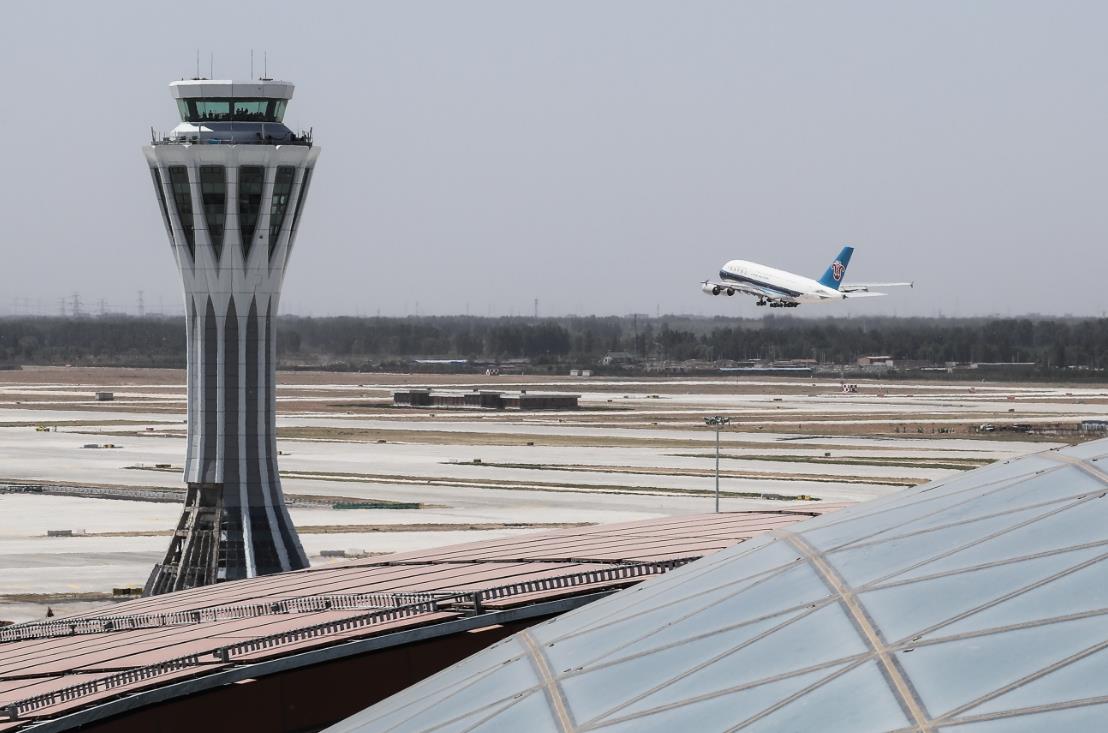Corporate aviation sector set to take off
By Wang Ying in Shanghai | China Daily | Updated: 2019-06-18 09:37

Business aviation in Asia and China has encountered adjustments due to economic challenges. As a result, the Chinese mainland business aviation growth rate decreased significantly to - 2 percent in 2018 from 10 percent in 2017, because some owners dispose of their aircraft, said Jeffrey Lowe, managing director of Asian Sky Group. According to him, the Chinese mainland is currently operating the largest fleet in the Asia-Pacific region of 338 business jets.
Although the number of new deliveries on the Chinese mainland increased from 16 in 2017 to 24 in 2018, it was offset by a higher number of deductions of 39 in 2018 compared to 15 in 2017.
"The need has not changed," said Lowe. He added that in the coming year, with more economic stimulus including tax reductions and easier access to capital, demand would rise for corporate jets and pre-owned aircraft, as they are good value.
"But there are people replacing and upgrading old aircraft for something new," said Dixon from Jetcraft Asia, who believes this will present opportunities to companies like Jetcraft, which deals with both new and pre-owned aircraft.
Dixon sees opportunities driven by the development of inland regions in China. "So you increase airports, give access to those airports, and then people can fly in, invest in the area, build factories, employ people and manufacture," he said.
Shih said that as business aviation is part of general aviation, more focus should be paid to the creation of a complete general aviation industrial chain in China.
According to Shih, after decades of development, general aviation currently contributes 1.5 percent to US GDP, and provides more than 1.5 million jobs across the sector. This is in stark contrast with China where the general aviation industry offers about 8,000 jobs and accounts for less than 0.001 percent of the nation's GDP.
"But the huge gap also suggests great potential, and this is why the central government hopes to promote the development of this sector," said Shih.
Dixon suggested more efforts should be made to develop infrastructure.
"Certainly the number of airports in the country is limited by comparison to the United States, where they have more than 5,000. And there are fewer aircraft here in Asia compared with southern California, which gives you an idea of how big the US market is," he said.
This is also true of the commercial aviation sector. China will soon overtake the US to become the world's largest aviation market by around 2022, according to a report by Asian Sky Group.
The International Air Transport Association predicted that China will serve 1.5 billion passengers annually by 2036, whilst a forecast from Boeing said that China will need 7,690 new commercial aircraft over the next 20 years. As a result, there is expected to be high demand for aircraft finance and leasing activity in the region.
The number of domestic general aviation operators increased from 111 at end of 2010 to 422 at end of 2018, and the number of aircraft involved in the general aviation sector increased significantly from 1,010 in 2010 to 3,229 in 2018. Meanwhile, general aviation airports certified by CAAC increased from 175 in 2010 to 229 by the end of 2017, according to Lu.
























